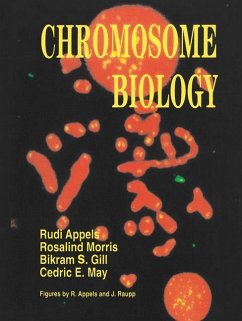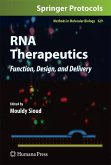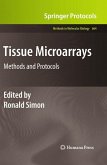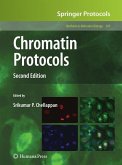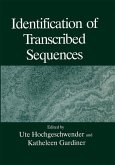Fluorescence in situ Hybridization (FISH) belongs to that special category of well-established molecular biology techniques that, since their inception a few decades ago, have succeeded in keeping a prominent position within the constantly expanding list of laboratory pro- dures for biomedical research and clinical diagnostics. The design simplicity and cost-effectiveness of the early FISH protocols, combined with the signifcant acceleration of discoveries in related technical areas such as fuor- cence microscopy, digital imaging, and nucleic acid technology have prompted the div- sifcation of the original technique into an outstanding number of imaginative and useful applications, and thus have not only held back its outmoding but have also promoted its expansion into different areas of basic and applied research in the post-genomic era. The 34 chapters included in this book aim at portraying the vibrant complexity and diversity of the current FISH protocol landscape, providing cutting-edge examples of va- ous applications for genetic and developmental research, cancer research, reproductive medicine, diagnostic and prognostic purposes, microbial ecology, and evolutionary st- ies. The book is divided in four parts: (I) Core Techniques, (II) Technical Advancements and Novel Adaptations, (III) Translational FISH: Applications for Human Genetics and Medicine, and (IV) Protocols for Model Organisms.
From the reviews:
"Fluorescence in situ hybridization (FISH) has been widely adopted to enable the study of uncultured target cells. This book shows many more applications in cytology. Relatively few chapters are devoted directly to microbiological applications; the strong theme of the book describes methods targeting chromosomes. ... Protocols on 3-D FISH may have useful material for microbiologists, e.g. studies on biofilms. ... I would suggest this is for microbiological libraries ... ." (Jonathan Porter, Microbiology Today, November, 2011)
"Fluorescence in situ hybridization (FISH) has been widely adopted to enable the study of uncultured target cells. This book shows many more applications in cytology. Relatively few chapters are devoted directly to microbiological applications; the strong theme of the book describes methods targeting chromosomes. ... Protocols on 3-D FISH may have useful material for microbiologists, e.g. studies on biofilms. ... I would suggest this is for microbiological libraries ... ." (Jonathan Porter, Microbiology Today, November, 2011)



